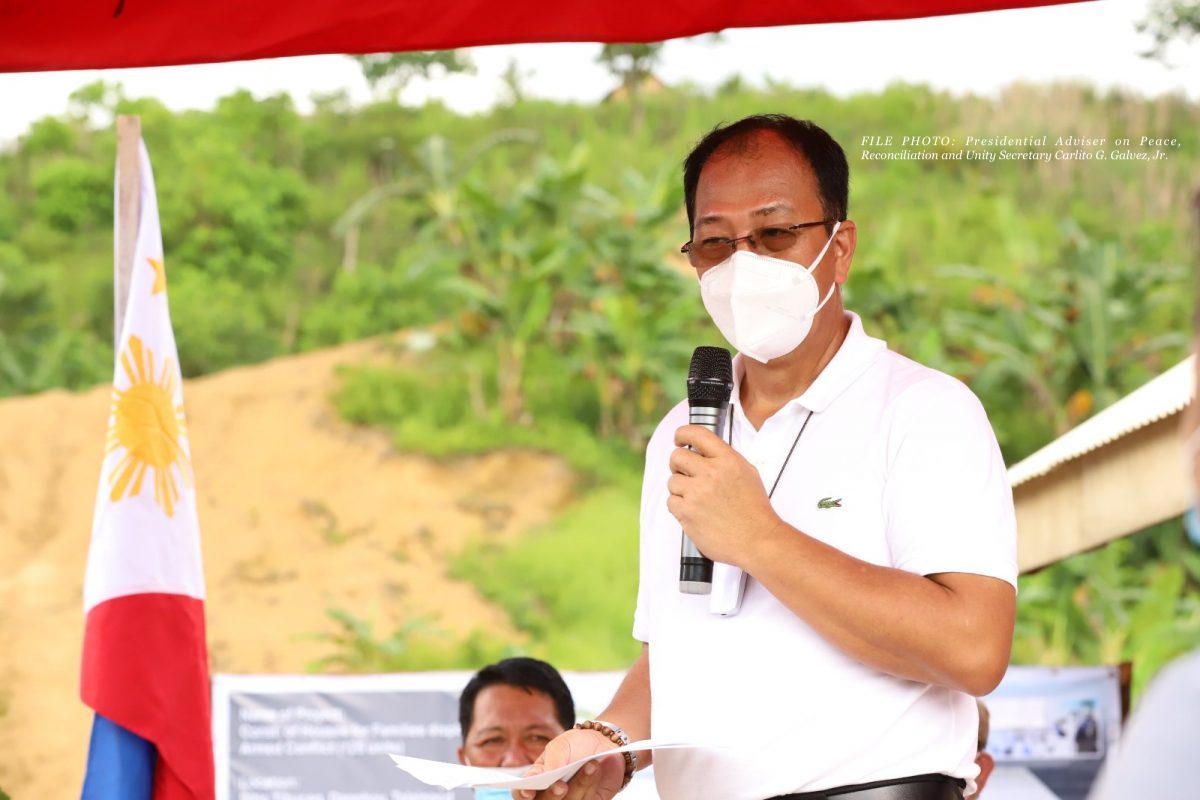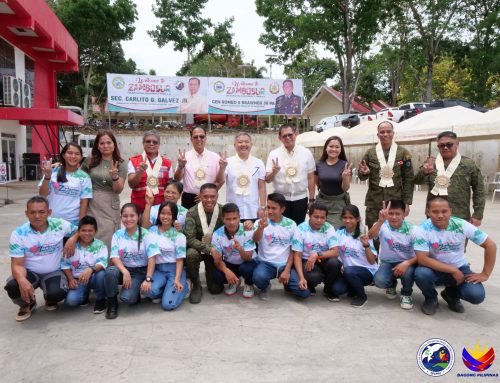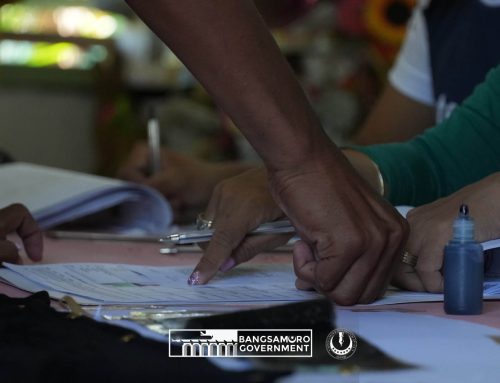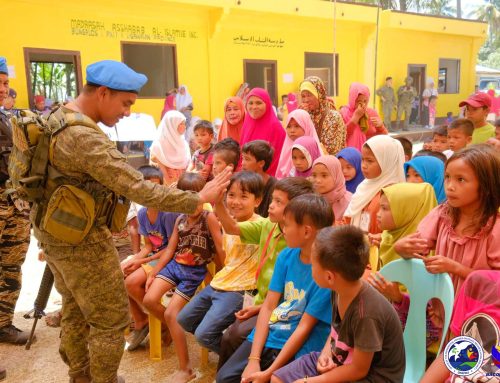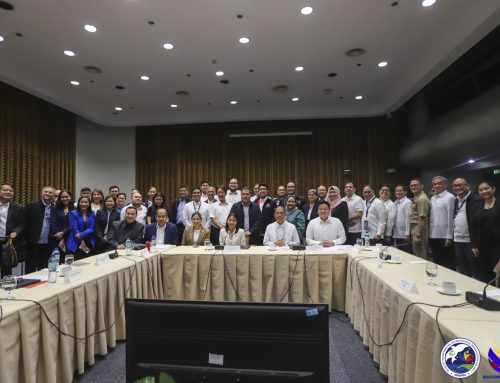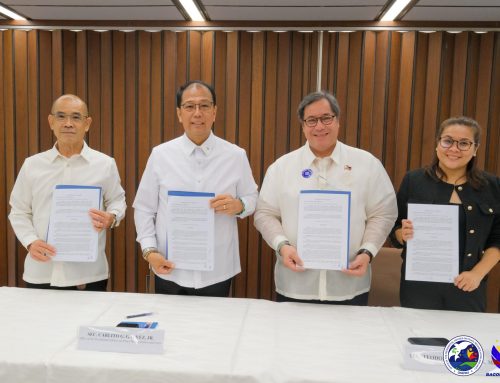METRO MANILA (27 January 2021) – For Presidential Adviser on Peace, Reconciliation, and Unity Carlito G. Galvez Jr., localized peace engagement (LPE) is the best way of dealing with the Communist Terrorist Group (CTG).
“LPE is the most effective way of talking peace. Through this approach, local government units and members of the community can directly address the roots of the insurgency by engaging with members of the CTG who wish to return to the folds of the law,” Galvez said.
Galvez was reacting to the statements made by four presidentiables during a nationally televised interview wherein they said they were in favor of the resumption of peace talks with the Communist Party of the Philippine-New People’s Army-National Democratic Front (CPP-NPA-NDF).
Senator Panfilo “Ping” Lacson, however, clarified that while he is open to the possibility of resuming peace negotiations with the CPP-NPA-NDF, he emphasized that LPE is the best approach in addressing the decades-long communist insurgency.
“This is why earlier, I proposed in a Senate hearing to shift to localized peace talks with the CPP-NPA,” Lacson said in his Twitter account.
Successful LPEs
According to Galvez, the comprehensive Philippine peace process showcases two successful peace talks that were the result of localized peace dialogues.
He was referring to the national government under the late President Corazon Aquino which engages in peace talks with the Cordillera Bodong Administration-Cordillera People’s Liberation Army (CBA-CPLA), which broke away from the CPP-NPA-NDF after realizing that its priorities and ideologies were not aligned to the best interests of the Cordillera people.
The said talks resulted in the conduct of a ‘Sipat’ or a indigenous peace pact between the government and the CBA-CPLA on September 1986, and the subsequent signing of a Memorandum of Agreement in 2011 for the disposition of the group’s firearms and forces, leading to the implementation of a Normalization Program for its members.
The national government directly held several dialogues and negotiations with several members of the civil society that led to the peace pact.
Another LPE-iniated talks is the national government’s peace negotiations with the Rebolusyonaryong Partido Manggagawa-Pilipinas/Revolutionary Proletarian Army/Alex Boncayao Brigade-Tabara Paduano Group (RPM-P/RPA/ABB-TPG), a rejectionist group of the CPP-NPA-NDF based in the Negros and Panay Islands, also gained postive results during the leadership of President Joseph Estrada.
The government’s talks with the RPM-P/RPA/ABB-TPG, which rejected the use of violence, led to the signing of a peace agreement in 2000. The group, which now identifies itself as KAPATIRAN, then signed a Clarificatory Implementing Document (CID) with the government in July 2019.
In particular, the CID specified five components that would enable the organization’s members to fully reintegrate into mainstream society and become peaceful and productive members of their communities.
The peace adviser noted that LPE is not a new concept, and that it had been successfully utilized in pushing forward the peace process since 1986.
In fact, LPE gained recognition through the issuance of Executive Order No. 115, series of 1999, which provided the mechanics and operational structure for the localization of peace efforts in dealing with the insurgency during President Estrada’s term.
The said EO also provided for the creation of the National Peace Forum that was tasked to oversee and conduct problem-solving sessions, and dialogues with the communities and local insurgent groups.
Galvez, who is also the Cabinet Officer for Regional Development (CORDS) for Central Luzon, said that through LPEs, local stakeholders are empowered because they have a key role to play in ensuring the peace and security in their communities.
“LPEs have allowed representatives of the community to play a major role in the peace process. Aside from having a stronger voice during consultations, they also are directly involved in dialogues with the CTG members,” he said.
Reduced level of armed conflict
The NTF-ELCAC recorded 393 NPA-initiated violent incidents (NIVIs) in 2016, 668 encounters in 2017, and 415 in 2018.
These figures were significantly reduced since the implementation of the LPE with 282 NIVIs in 2019, 232 in 2020, and 99 for the first semester of 2021.
In Region 3 alone, Galvez said there has been a significant reduction in armed encounters between government forces and CTG members since the implementation of LPEs in 2019.
In 2021, there were four armed encounters recorded in the region, 144 CTG members were neutralized, while 76 high and low-powered weapons were recovered.
Moreover, 755 former members of underground mass organizations (UGMOs) have withdrawn their support from the CTG, while all LGUs in Central Luzon have declared the group as Persona Non-Grata.
“LPEs are a testament that engaging members of the CTG at the community level have led to a significant reduction in armed hostilities in Region 3, and is creating a ripple effect in surrounding areas,” Galvez said.
“We have seen a lot of good practices among LGUs in the implementation of LPE which could be replicated across the country. These include peace dialogues which have been very effective in convincing CTG members to return to the folds of the law,” he added.
Galvez said that LPEs are gaining traction throughout the country, particularly in conflict-affected and conflict-vulnerable communities, and are being used as instruments to foster mutual understanding and reconciliation among the people.
He said local peace dialogues were conducted with 85 former rebels in Baler, Aurora; 100 former members of Gabriella in Bagac, Bataan; 103 former UGMO members in Ilocos Sur; and 387 former members of Alyansang Magbubukid ng Gitnang Luzon in Hermosa, Bataan.
Likewise, peace conversations were held with former rebels and families of active CTG members in Davao Oriental, resulting in the reintegration to mainstream society of 26 NPA members and 20 Militia ng Bayan members.
“We have seen that LPEs are providing a venue wherein it is not only the national government but the members of the communities themselves who are involved in addressing the roots of the armed conflict in their localities,” Galvez said.
“We hope that the conduct of LPEs will continue beyond this administration. Even prior to the Duterte administration, this approach has proven that the best strategy to deal with communist insurgency is through localization of peace engagements. LPE is the way,” Galvez added.
LPE is part of the 12 Clusters of the National Task Force to End Local Communist Armed Conflict, which was created under the national government’s “Whole-of-Nation” approach by virtue of Executive Order No. 70 signed by President Rodrigo Duterte in 2018.
Co-led by the Department of the Interior and Local Government and the Office of the Presidential Adviser on Peace, Reconciliation, and Unity, LPE aims to strengthen national and local governance to effectively address the socio-economic needs of the communities, while addressing the threat of local insurgency. ###


